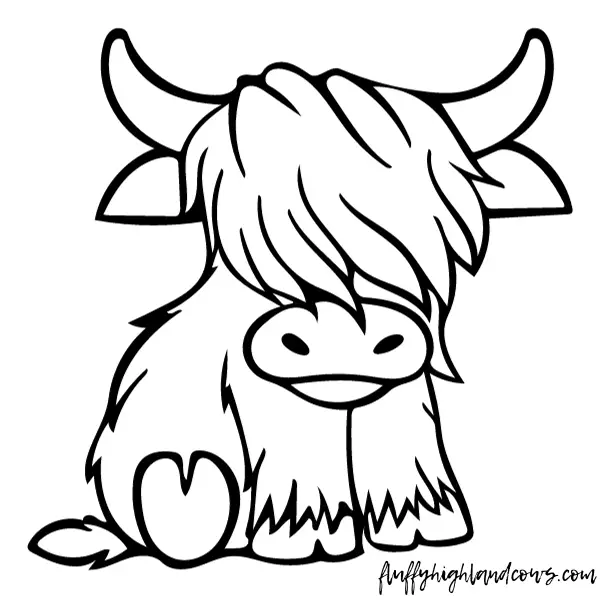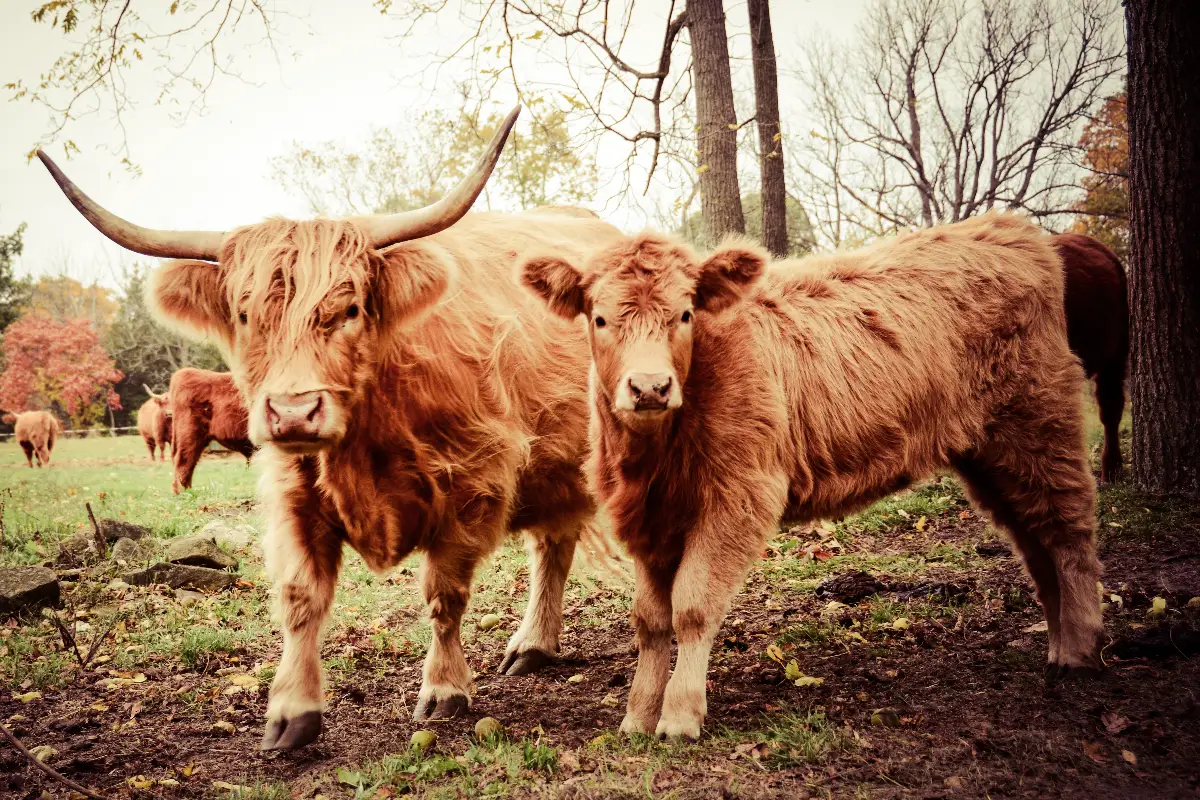The Unique Physical Characteristics of Highland Cattle and Why They’re So Popular
Highland cattle, with their shaggy coats and majestic horns, are a distinctive and iconic breed that has captured the hearts of people worldwide. Beyond their charming appearance, the unique physical characteristics of Highland cattle set them apart from other breeds.
In this article, we will delve into the remarkable attributes of Highland cattle and explore why they have become so popular among farmers, conservationists, and even photographers.
Physical Characteristics of Highland Cattle
1. Shaggy Coats: Natural Insulation
One of the most striking features of Highland cattle is their long, shaggy coats. These coats serve a crucial purpose, especially in their native Scottish Highlands, where harsh weather conditions are a constant challenge.
The dense, coarse outer layer of hair provides protection against rain and snow, while the soft, insulating undercoat keeps them warm in cold climates. This natural insulation allows Highland cattle to thrive in regions where other breeds might struggle.
2. Horns: A Formidable Appearance
Highland cattle are known for their impressive horns, which are present in both males and females. The horns of these cattle can vary in size and shape, with males typically having larger and more pronounced horns.
These horns are not only a distinctive physical characteristic but also serve a functional purpose. They are used for defense, helping Highland cattle protect themselves and their herds from potential threats.
3. Adaptability to Rough Terrain
The Highland cattle’s physical build is well-suited for rough and challenging terrains. Their sturdy legs and well-proportioned bodies allow them to navigate hilly and uneven landscapes with ease.
This adaptability to various terrains makes them a popular choice for conservation grazing projects, where their grazing habits help maintain and restore diverse ecosystems.
4. Calving Ease: Minimal Assistance Required
Highland cattle are renowned for their calving ease. Their bodies are well-designed for birthing, and females generally have no trouble delivering calves on their own.
This trait is highly valued by farmers because it reduces the need for intervention during the calving process, contributing to the overall health and well-being of both the cow and the calf.
5. Hardy Immune Systems
Highland cattle possess robust immune systems, which contribute to their overall hardiness. They are known for their resilience to various diseases and their ability to graze on a wide range of vegetation, including rough and less nutritious forage.
This hardiness minimizes the need for extensive veterinary care and makes them an attractive option for sustainable and low-input farming systems.
6. Docile Temperament
While their imposing appearance might suggest otherwise, Highland cattle are generally known for their docile and gentle temperament. They tend to be calm and cooperative, making them easier to handle compared to more aggressive or skittish breeds.
This disposition is a significant advantage for farmers and ranchers working closely with their cattle.
7. Versatility in Farming Practices
Highland cattle’s unique physical characteristics make them versatile in various farming practices. They are raised for meat production, and their beef is renowned for its lean quality and distinct flavor.
Additionally, their milk can be used for cheese and butter production. Furthermore, their hides and long, coarse hair have commercial value. This versatility makes them a valuable asset on many types of farms.
Why Highland Cattle Are So Popular
Highland cattle have gained popularity for several compelling reasons:
1. Aesthetic Appeal
Their picturesque appearance, with long, flowing hair and impressive horns, appeals to both farmers and tourists, making them a favorite subject for photographers.
2. Low Maintenance
Their hardiness, calving ease, and resistance to disease make them relatively low-maintenance compared to some other cattle breeds, reducing the workload for farmers.
3. Conservation
Highland cattle are used in conservation grazing projects to help maintain and restore natural habitats, showcasing their adaptability and contribution to biodiversity.
4. Quality Beef
The meat produced by Highland cattle is highly sought after for its quality and flavor, appealing to consumers who prioritize premium, locally sourced products.
5. Nostalgia and Tradition
Highland cattle are deeply ingrained in Scottish culture and history, adding to their allure and romantic appeal.
These Fluffy Highland Cows are Captivating & Inspiring
Highland cattle are undeniably unique in their physical characteristics and have earned their status as a popular and beloved breed worldwide.
Their shaggy coats, impressive horns, adaptability, and docile temperament make them not only visually captivating but also practical for various farming and conservation purposes.
Whether you’re a farmer, conservationist, or simply an admirer of these majestic creatures, Highland cattle’s distinct attributes continue to captivate and inspire.

